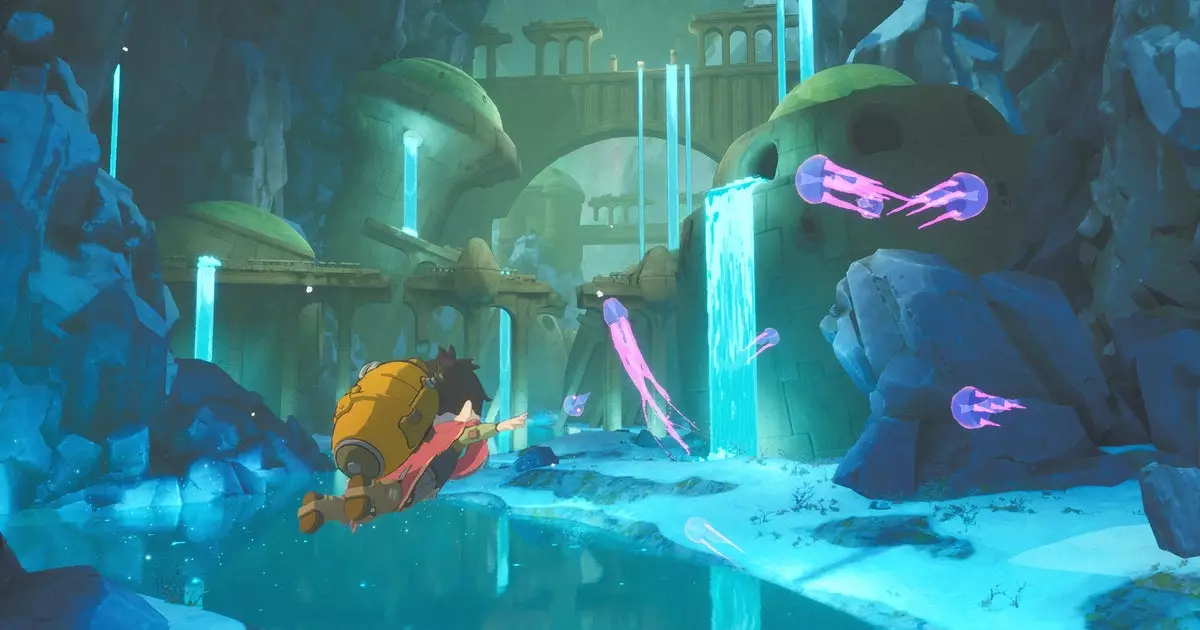The enchanting world of Studio Ghibli paints a nostalgic picture that resonates deeply with gamers and animation enthusiasts alike. Its whimsical landscapes, lively characters, and a profound sense of adventure have inspired a myriad of projects, including the recent game, Europa. Much like the iconic films such as “Spirited Away” and “My Neighbor Totoro,” Europa envelops players in a vibrant environment where nature thrives. This blend of serene blue skies, verdant landscapes, and an omnipresent fascination with flight invites players to embark on an exploration steeped in curiosity and wonder.
At the heart of Europa lies an engaging gameplay experience focused on Zee, an android character whose journey takes players through an array of puzzles and challenges. With an estimated playtime of 3-4 hours, Europa promises not only a brief adventure but also a plethora of secrets waiting to be unearthed. Players will delight in mastering movement mechanics, upgrading Zee’s abilities to soar between sky islands and glide effortlessly using a jetpack. This emphasis on dynamic movement invigorates the classic puzzle-solving mechanics reminiscent of beloved titles like “The Legend of Zelda.”
The demo, though no longer available, received tantalizing praise, particularly for its smooth and satisfying navigation. The balance of exploration and problem-solving is a hallmark that many gamers have come to cherish, and it appears that Europa is on the right track to deliver that experience.
The visual elements of Europa are a product of Helder Pinto’s artistic vision, whose journey began as a side project while contributing to high-profile titles like Blizzard’s “Overwatch.” This background is evident in the meticulous detail and stunning aesthetics that define Europa. Ghibli-inspired landscapes, layered with rich colors and textures, pull players into a world that feels both familiar and imaginative.
However, the challenge lies in ensuring that these visuals are more than just eye candy. In many instances, games that seek to emulate the essence of Ghibli fall short by sacrificing substance for stylistic mimicry. As the gaming community continues to dissect games that embrace this aesthetic, the question remains: can Europa leave its own stamp on the legacy of Studio Ghibli, or will it succumb to the trappings of imitation?
As players dive into Europa, the pressing inquiry is whether it can evoke the same emotional resonance that Ghibli’s works are celebrated for. Titles like “Ni no Kuni,” praised for its art and music, often struggle with depth, risking the ‘Ready Player Miyazaki’ syndrome—where homage overshadows innovation. Players want more than just a nostalgic nod; they crave authentic storytelling and thematic exploration.
Despite the skepticism, Europa may break free from this cycle by infusing fresh narratives that resonate with its visually stunning world. It’s possible that, through its distinct blend of gameplay mechanics and artistic vision, Europa can carve out a niche that celebrates its inspirations while creating a unique identity worthy of exploration.
Europa stands at a critical juncture. With its release, we await a captivating adventure that melds the enchanting aesthetics of Ghibli with a profound gaming experience. The potential for its success is immense, but only time will tell whether it will rise above mere imitation to become a beloved gem in its own right.

